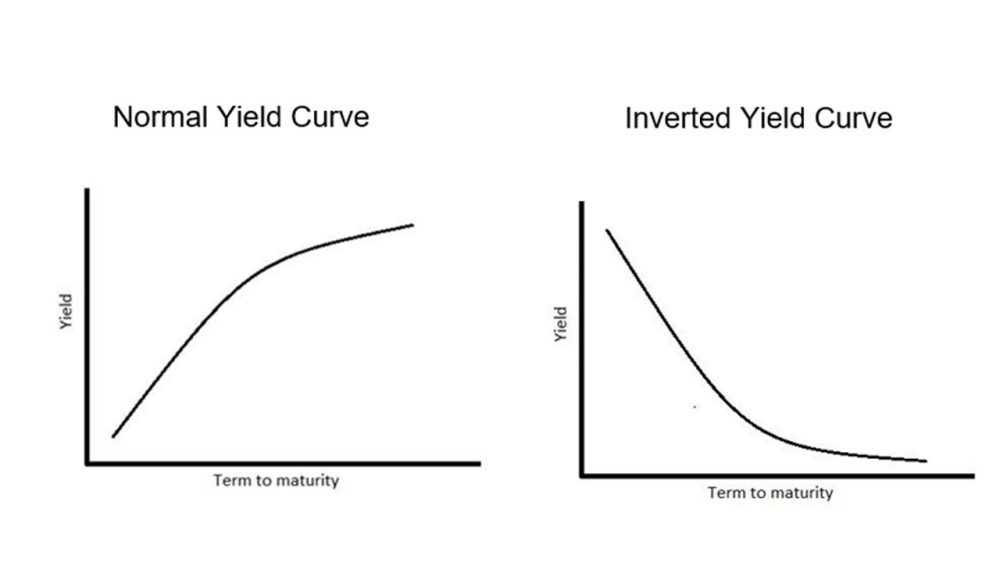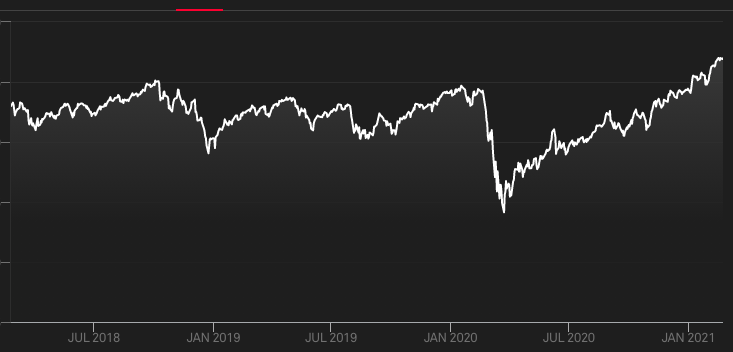Would The Stock Market Crash?
There is no sure way of knowing if the stock market will crash. However, there are data such as the yield curves and equity risk premium that we can use to analyse and forecast.
Yield Rates & Maturity
In explaining the shape of the yield curves (the relationship between interest rates and maturity), one should try to understand market’s future expectations of interest rates. It is assumed that investors will buy and sell different assets with different maturity until long-term rates reflect an average of the short-term rates. These long term rates are expected to prevail in the future.
Generally, yield curves are upward sloping AKA normal yield curve. This is because the longer maturity gives rise to more uncertainty. Hence, there will be compensation for maturity risk, default risk, credit risk etc. Additionally, if you expect a boom, it will lead to demand push inflation (higher demand for goods, services and investment which increases the general prices). Higher inflation, along with the compensation for longer term risk will increase the interest rate (see: left diagram on yield curve below).
However, if you expect the market to be doing badly in the future i.e. recession, you will expect a deflation. This is because lower demand for goods, services and investment will reduce the general prices. A deflation that is big enough will reduce the yield rates in the long run, leading to a downward sloping yield curve (see: right diagram on yield curve below).

Yield Curves & Stock Market Crash
The market expectations of future interest rates reflect expectations of future economic activity and monetary policy. If you expect the economy to be doing well, the long term interest rate will be higher than the short term interest rate, implying a upward sloping yield curve. This is largely due to the fact that people expect growth to be coming back. However, if the market expects a looming recession, the short term rate will be higher than the long term rate. The spread between the long and short term interest rate has outperformed many well-established forecasting method in predicting stock market crash.

If you look at the US yield curve (Long term – Short term interest rates curve), you can see that every time the interest rates dip below zero, it was followed by a stock market crash (period is shaded in grey) a few quarters after. Since interest rates reflect future expectation, there is a lag of between 2 to 4 quarters.
If you look at the 1990 to 1991, 2008 to 2009 recession and stock market crash, the yield curves are all inverted (below zero). In August 2019, the interest rate stands at -0.49% and we saw the market crash some time between February and March. In January 2020, the interest rate stands at -0.04% before increasing to 1.34% as of 22nd Feb 2021.
Apart from yield curves, equity risk premium can also be used to predict stock market crash. Equity risk premium is the risk premium compensated to the investors over and above the risk free rate. If the risk premium is low, it implies that there is underestimation of risk and that the stock prices are too expensive.
In looking at the equity risk premium graph below, we can see that there is a crash in equity risk premium in March 2020 but the risk premium has increased from then on. A higher equity risk premium implies overestimation of risk, which signifies a bargain in the stock price. Using equity risk premium, it seems that market is not expensive by historical standard.

Low Interest Rates
Even though there is an increase in yield rates in February 2021 (which is the reason why it sends investors dumping stocks), the interest rates are still considered very low (close to zero bound). Many different asset prices have gone up substantially for that same reason. Compared to other assets, such as property, do you think that the stock markets are overpriced or underpriced?
Shortening of Recovery Period from Stock Market Crash
Lastly, it is interesting to note that during the great depression in the 1920s, the markets took about 25 years to recover to their peak after bottoming out. However, it only took 4 years to recover to the pre crisis market peak after the Dot-com Crash in 2000s and Great Recession in 2007-08.
Stimulus and Its Impact on Stock Market
With the huge amount of stimulus, it is likely that there is huge overflow of liquidity in the market which will flow to the stock market.
So, what is your view on the market? Do you think it will crash?
